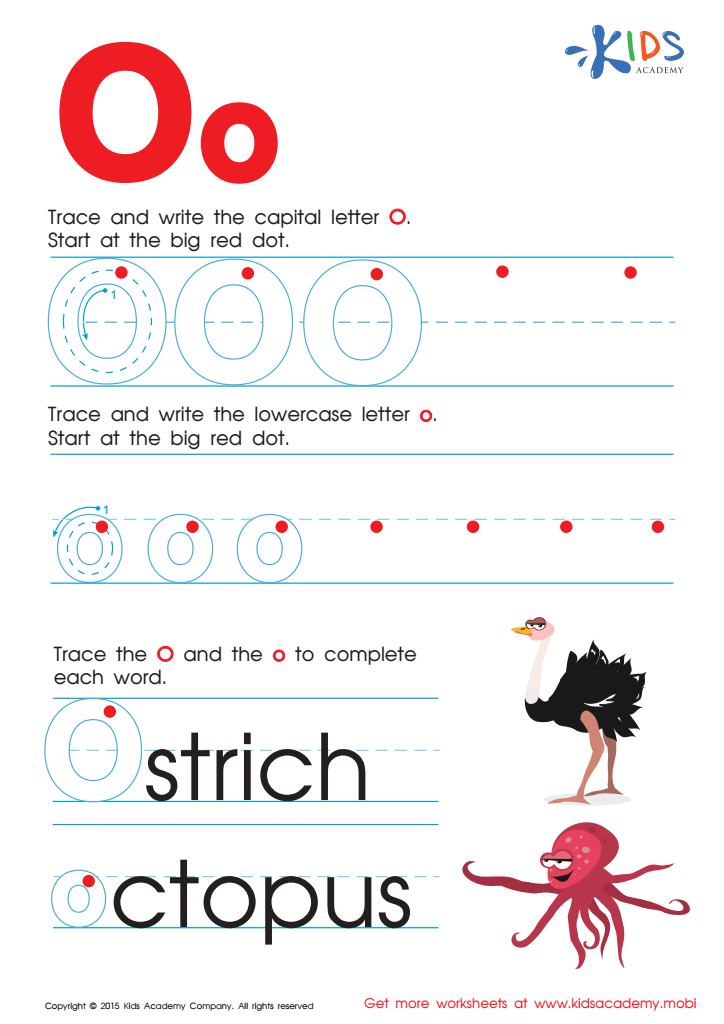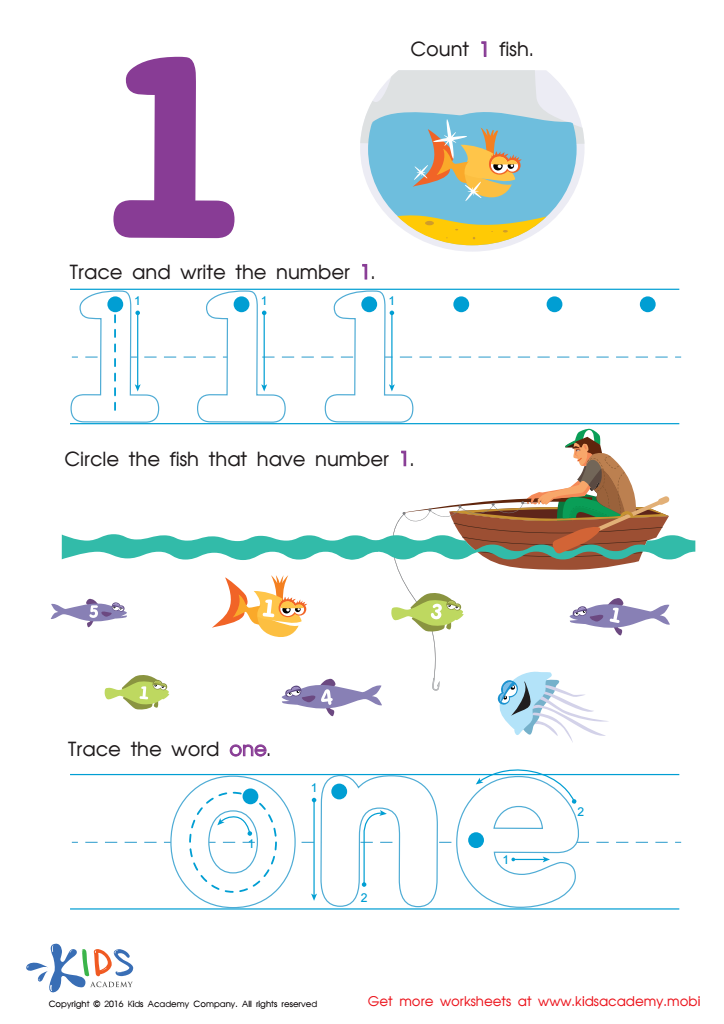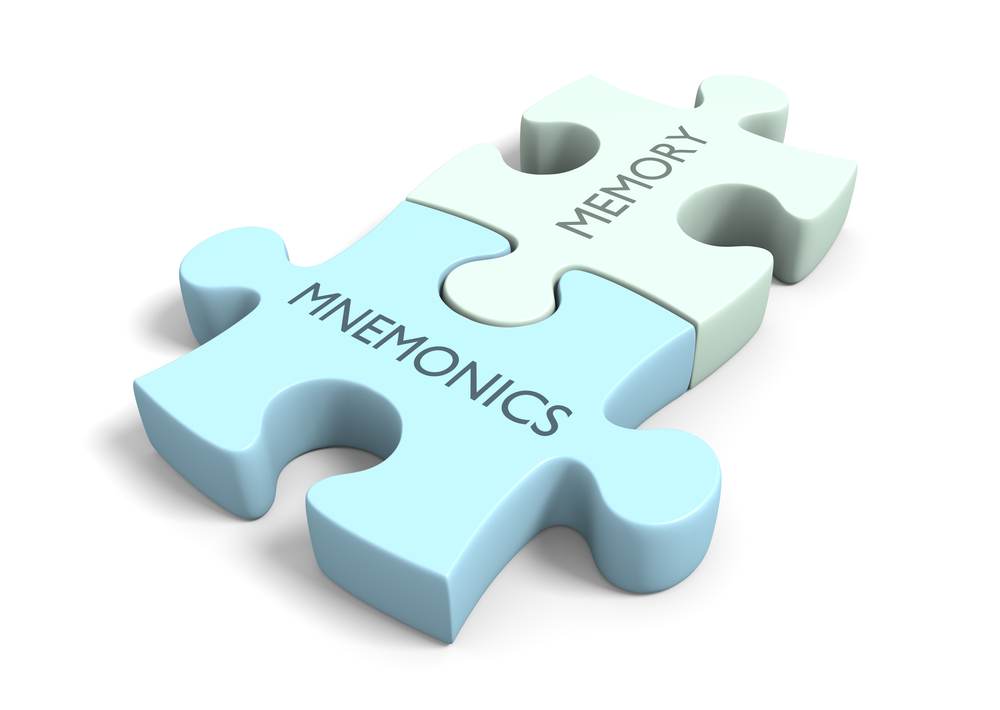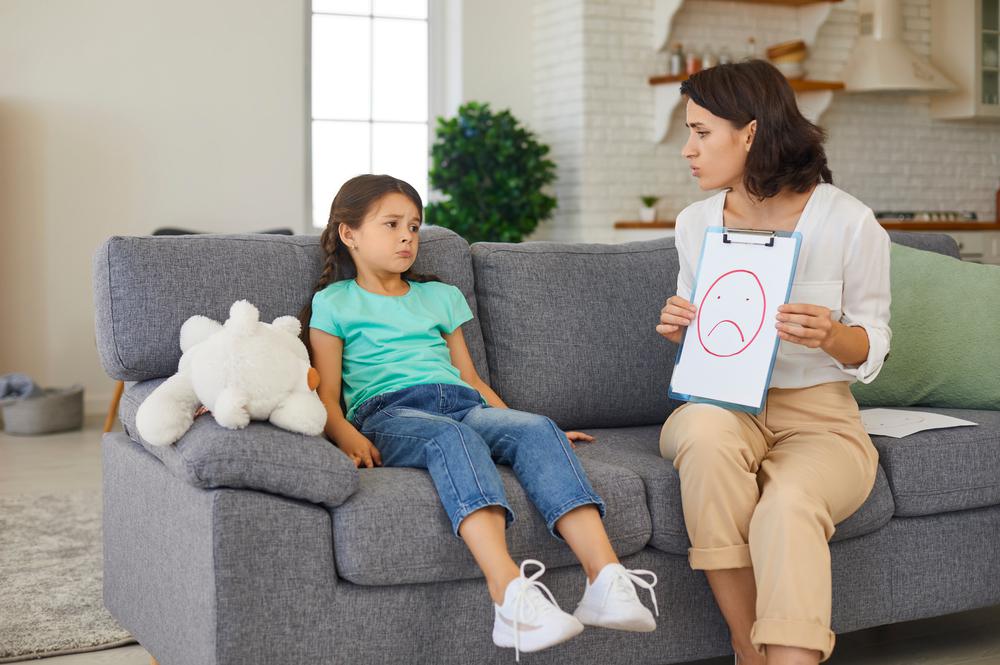Tracing practice Worksheets for Ages 3-7
3 filtered results
-
From - To
Welcome to our Tracing Practice Worksheets for Ages 3-7! Our engaging and interactive worksheets are designed to help young learners develop essential pre-writing skills through fun tracing activities. Ideal for preschool and early elementary students, these worksheets cover letters, numbers, shapes, and images, encouraging fine motor skills and hand-eye coordination. Each worksheet is easy to print and features colorful illustrations to captivate your child's interest. Perfect for both classroom use and at-home learning, our resources foster creativity and confidence as kids master their tracing abilities. Start your child's writing journey today with our engaging tracing practice worksheets!


Letter O Tracing Page


Learning to Write 1 Worksheet
Tracing practice is an essential activity for children aged 3-7, as it significantly supports their cognitive and motor skill development. Firstly, tracing helps improve fine motor skills, which are crucial for tasks like writing, drawing, and manipulating small objects. As children trace shapes and letters, they strengthen the small muscles in their hands, leading to better control and coordination.
Moreover, tracing promotes visual-motor integration, the ability to coordinate visual perception with physical motion. This skill is foundational for later academic achievements, especially in literacy and numeracy. By tracing letters, numbers, and shapes, children begin to understand spatial relationships and develop an awareness of how to form these symbols correctly.
Additionally, tracing can foster a sense of accomplishment and boost a child's confidence. As they see their progress in mastering tracing tasks, they become more motivated to engage with learning activities.
Finally, tracing can be an enjoyable and calming activity that encourages focus and concentration. For parents and teachers, promoting tracing not only aids in academic readiness but also provides a fun, interactive experience that nurtures a child's love for learning. Therefore, investing time in tracing activities reciprocates well in their educational journey and overall development.
 Assign to My Students
Assign to My Students







.jpg)







